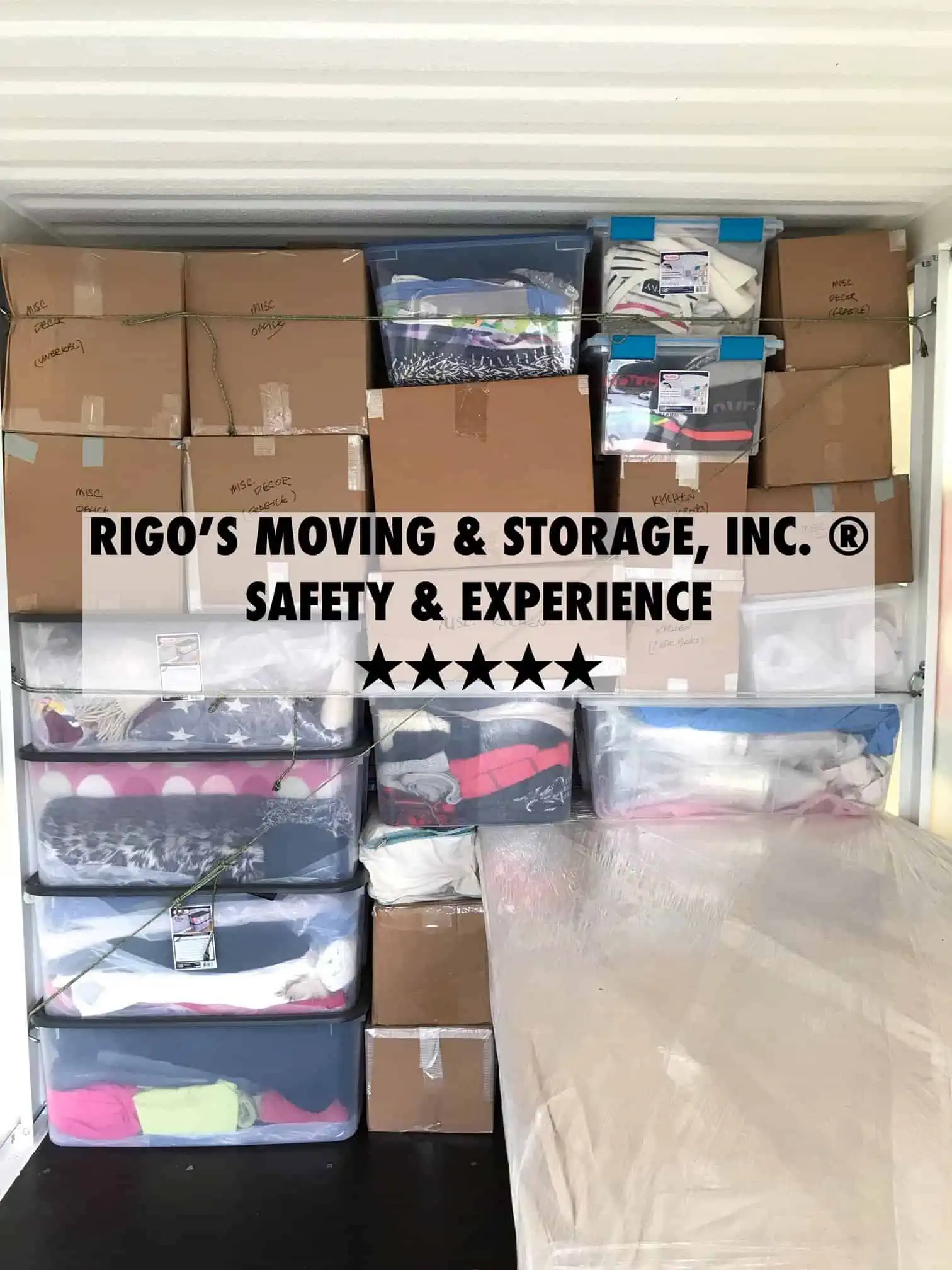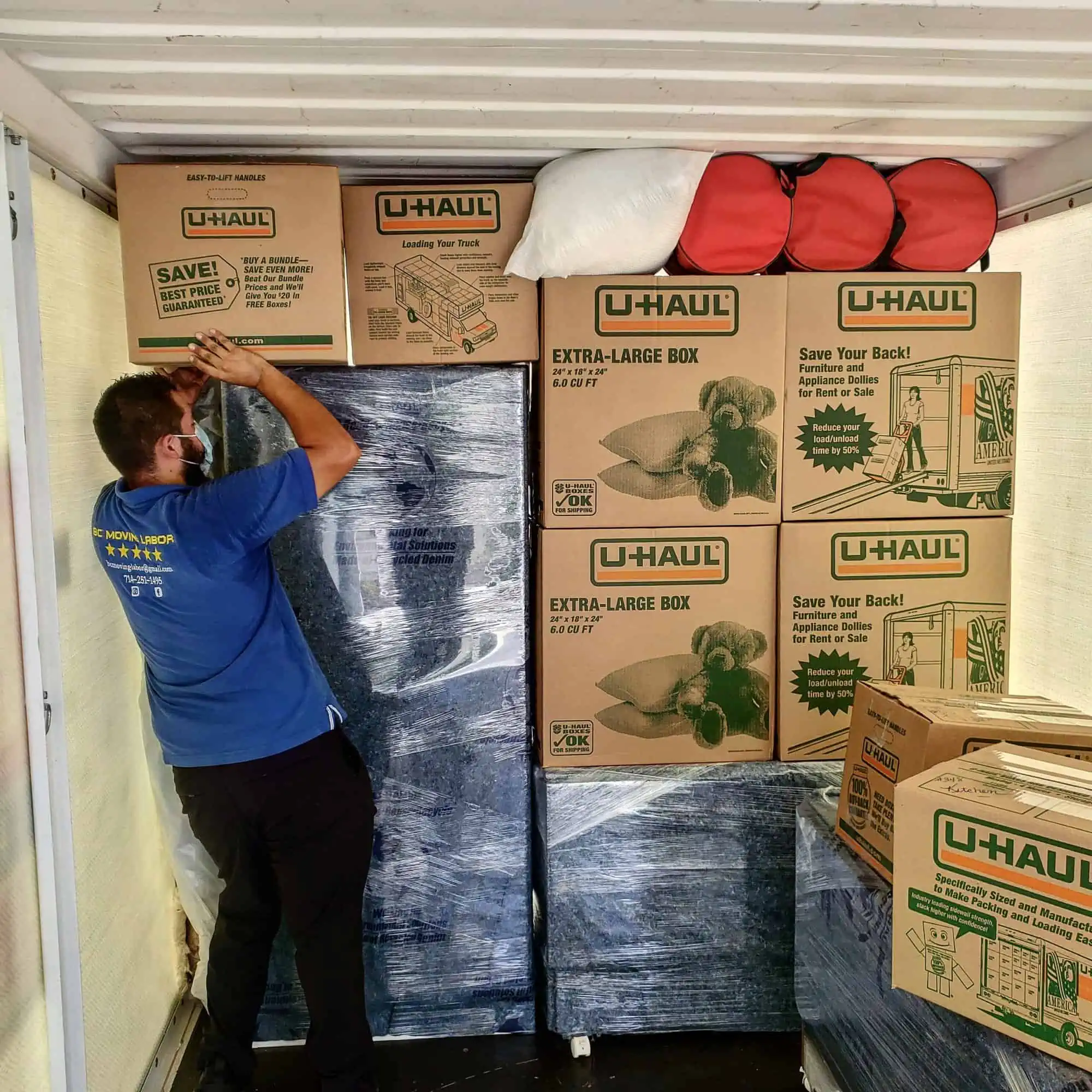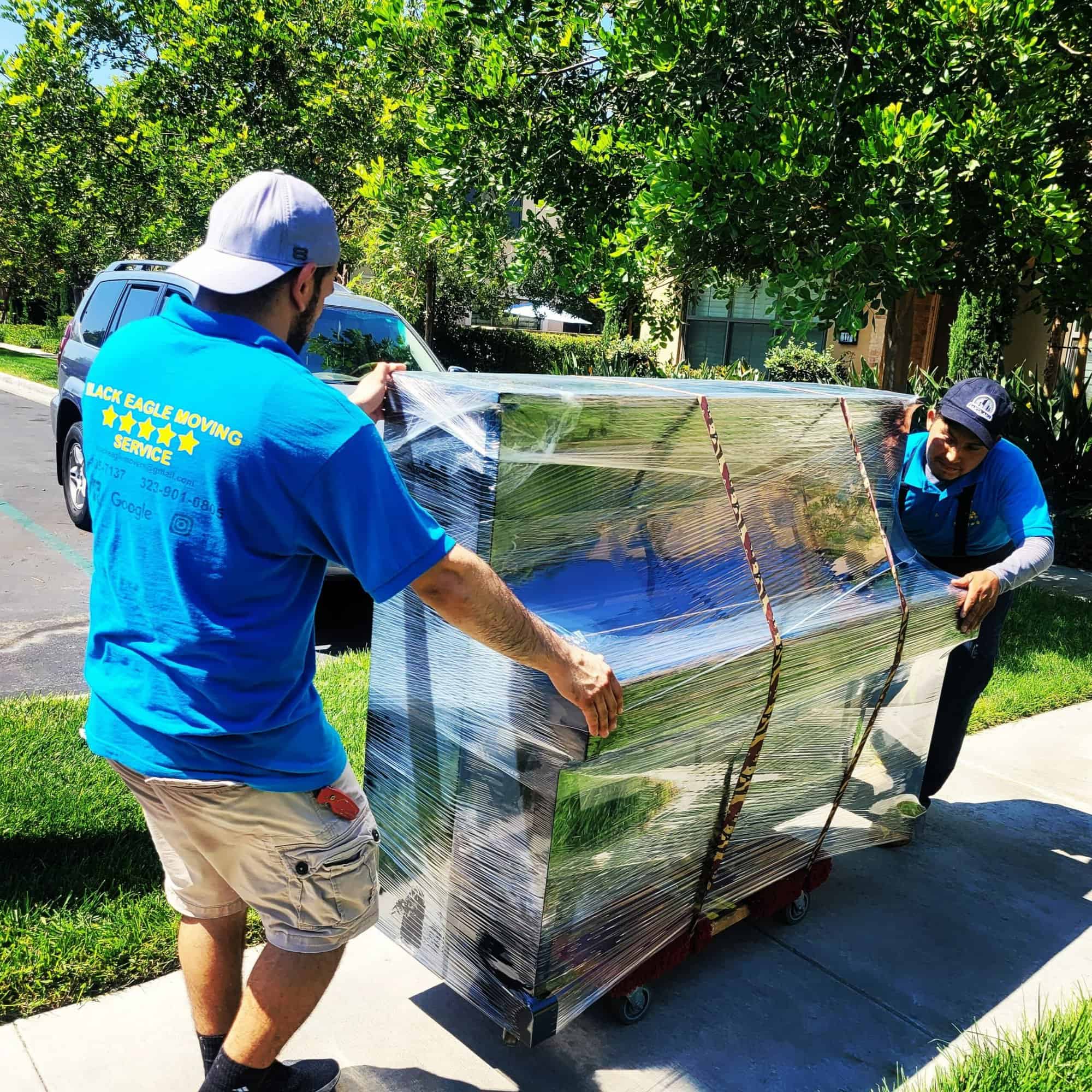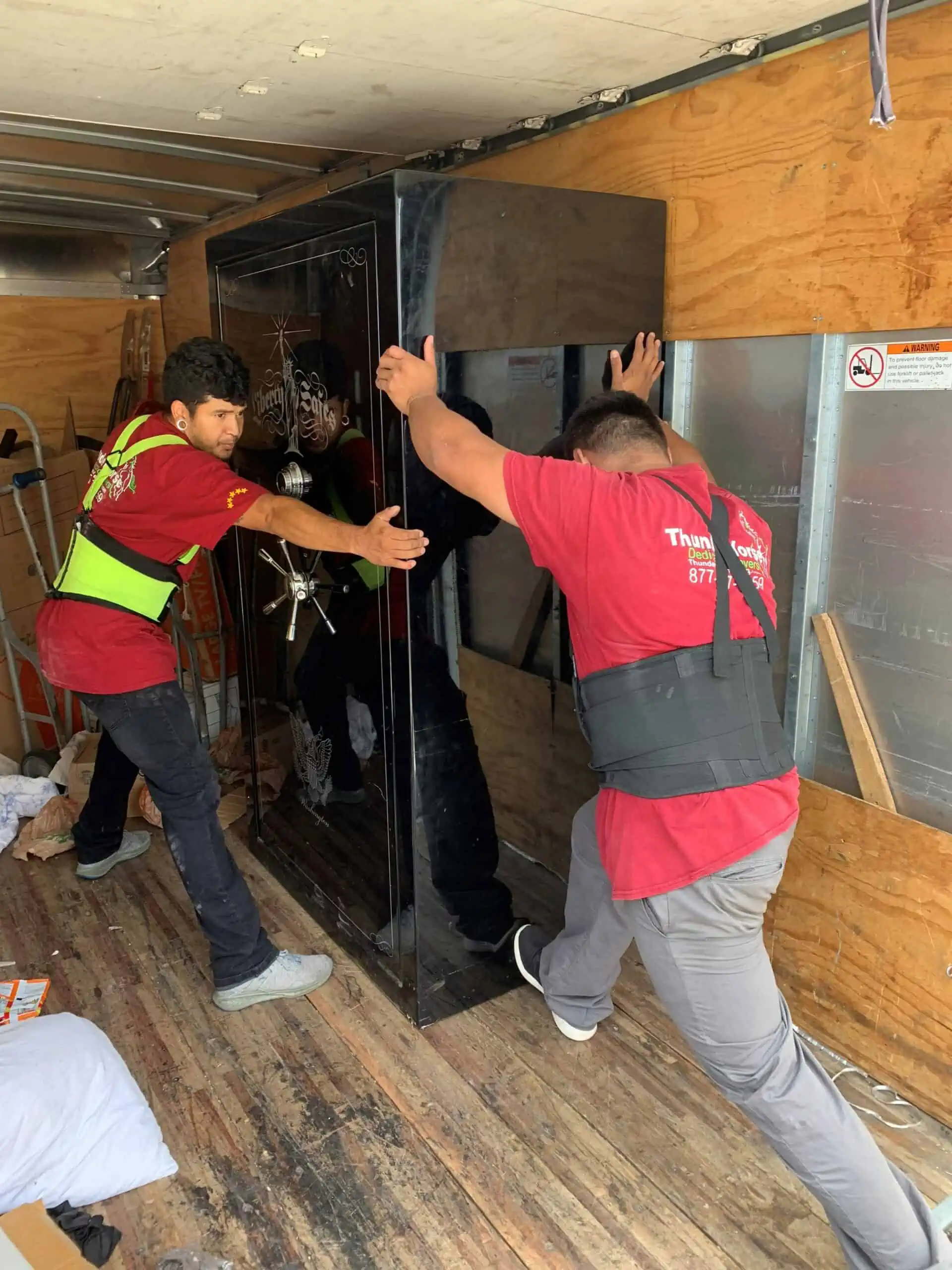Key Findings
- 11% of millennials moved in 2023, only half as many as a decade ago
- “New or better housing” (16%), ”New job” (13%), and “Establishing own household” (11%) are the top stated reasons for millennial moves
- The share of millennials moving for “Cheaper housing” (9%) in 2023 is the highest it’s been since 2011
- Montana (+95%), Connecticut (+56%), and Maine (+54%) saw the most millennials move in, compared to moving out
- Tampa, FL (+95%) metro saw almost twice as many millennials move in versus leave
- Metros of New York, NY (-56%), San Jose, CA (-51%), and Los Angeles, CA (-40%) saw far more millennials leave versus move in
America’s largest generation – millennials (those born between 1982 and 2000) – are steadily rolling towards becoming middle-aged, and grappling with the fact that they may not be better off than the generations before them.
This is because millennials are among the highest earners, yet they are also the generation with the second highest level of household debt. As of last year, the share of millennials who own a home has finally reached over 50%, while some 16% are still living with their parents.
“[High mortgage rates and low home sales] could explain why the amount of those in this generation who move has steadily declined. The share of millennials who moved last year is half of what it was just a decade ago.”
And despite a relatively strong year for job growth and the economy in general, 2023 had the highest mortgage interest rates in recent history, with the worst home sales record in 28 years.
This could explain why the amount of those in this generation who move has steadily declined. The share of millennials who moved last year is half of what it was just a decade ago.
To understand millennials’ living situation better, we examined the trends shaping millennial moves in the United States and highlighted the cities and states that saw the most millennials leave, as well as move in.
Why the Share of Millennials on the Move Has Almost Halved Over a Decade
Reflecting broader national moving trends, the share of millennials who moved over the last decade has declined. And this decline is rather sharp!
Unlike Gen Z whose moving rate is trending upward, only 11% of millennials moved in 2023, down from 21% the decade prior (2013).
In part, such a slowdown can be a natural consequence of people settling into their life, becoming homeowners, having children, and establishing themselves in their careers. However, as various studies suggest, millennials are less likely to own a home, be married or have kids.
This is why the explanation for the declining rates of millennial moves is likely more to do with the socio-economic situation millennials find themselves in.
Housing Unaffordability
On average, aspiring first-time buyers can’t afford home ownership, due to the almost complete unaffordability of homes across the United States.

Renting
The situation in the rental market is similarly dire. While rental rates seem to have plateaued lately, they’re still 22% higher than before the COVID-19 pandemic, while average earnings in the same period have risen by 3.2%, according to the U.S. Treasury.
Debt & Finances
Another factor that’s holding millennials back from moving is finances. Saddled with an enormous amount of debt (a lot of it from student loans), many millennials likely find themselves unable to afford to move, with many living paycheck to paycheck.
In last year’s HireAHelper moving survey, 58% of respondents (and 60% of millennials) who wanted to move said they had to stay put because they couldn’t afford to move. This combination of economic trends and financial forces leaves many Americans, millennials chief among them, locked into their current housing situation, unable to get onto the housing ladder — let alone move upwards.
New Homes and New Jobs: Top Reasons for Millennial Moves
So what about those millennials who did manage to relocate?
The three main drivers of millennial moves in 2023, according to our analysis of the U.S. Census data, were ”Wanted new or better housing” (16%), “New job or job transfer” (13%), and “To establish own household” (11%).
When it comes to moving for new jobs, millennials are the most likely generation to make such a move. Only Gen Z comes close, with 11% of their moves taking place for new jobs.
At the same time, a roughly equal share of millennials moved “For cheaper housing” (9%) and more explicitly, reportedly moved because they “Wanted to own a home, not rent”(9%).
To and From: Origins and Destinations of Millennial Migration
Millennials might be moving less than before, but they still account for around 1 in 5 of all moves (18%) across state lines in 2023, based on our analysis of the U.S. Census data.
Top States for Millennials
Looking at the U.S. states, Texas attracted the highest number of millennials moving out of their home state.
Last year, the Lone Star state welcomed almost 400,000 millennials as new residents, which is nearly 10% of all the cross-state moves made by millennials in 2023!
In terms of net moves (i.e., the ratio of those moving in, versus those moving out), the undisputed leader is Montana, where 95% more millennials moved in than left.
“Last year, the Lone Star state welcomed almost 400,000 millennials as new residents, which is nearly 10% of all the cross-state moves made by millennials in 2023!”
Four other states had around 50% more millennials move in versus out: Connecticut (+56%), Maine (+54%), Oklahoma (+53%), and New Hampshire (47%).
One possible explanation for why these particular destinations were chosen is due to household income.
Those making interstate moves to Maine, Connecticut, and New Hampshire had a 29% higher household income than those moving to Montana, Oklahoma, and South Carolina.
| State | Net Millennial Moves | State | Net Millennial Moves | |
| Montana | 95% | New York | -52% | |
| Connecticut | 56% | California | -39% | |
| Maine | 54% | District of Columbia | -33% | |
| Oklahoma | 53% | Iowa | -31% | |
| New Hampshire | 47% | Louisiana | -29% | |
| South Carolina | 40% | Massachusetts | -28% | |
| Texas | 39% | Illinois | -25% | |
| Florida | 38% | Wisconsin | -20% | |
| Tennessee | 38% | North Dakota | -18% | |
| Arizona | 37% | Arkansas | -11% |
Bottom States for Millennials
When it comes to states millennials were most keen to leave behind, the biggest losers were New York (-52%), California (-39%), Massachusetts (-28%), and Illinois (-25%).
These states, infamous for their high cost of living, lost significantly more millennials than they gained last year.
The list of states millennials were more likely to leave also highlights their sensitivity to home prices; as many as 19% of millennials who left California, and 17% of those who left New York, moved to find cheaper housing — that was the highest percentage of housing cost-driven moves across all states.
Find out how popular your state was in the millennial cross-state migration using our interactive map below.
The Top Cities: Top Millennial Metro Destinations Are in Florida
Much like retirees, many millennials appear to be moving to cities and their metropolitan areas in Florida.
Top States for Millennials
More specifically, metropolitan areas around Tampa, FL (+95%) and Jacksonville, FL (+54%) – had some of the highest net gain of millennial residents in the country.
Slotting in between them is the Las Vegas, NV metro area, which saw 52% more millennials move in than leave last year. The Gen Z magnet Austin, TX was also up there, with 47% more millennials moving in versus out of the Austin area in 2023.
| Metro | Net Millennial Moves | Metro | Net Millennial Moves | |
| Tampa-St. Petersburg-Clearwater, FL | 95% | New York-Newark-Jersey City, NY-NJ-PA | -56% | |
| Las Vegas-Henderson-Paradise, NV | 56% | San Jose-Sunnyvale-Santa Clara, CA | -51% | |
| Jacksonville, FL | 54% | Los Angeles-Long Beach-Anaheim, CA | -40% | |
| Nashville-Davidson-Franklin, TN | 53% | Detroit-Warren-Dearborn, MI | -34% | |
| Austin-Round Rock, TX | 47% | San Francisco-Oakland-Hayward, CA | -31% | |
| Bridgeport-Stamford-Norwalk, CT | 40% | El Paso, TX | -29% | |
| Phoenix-Mesa-Scottsdale, AZ | 39% | Milwaukee-Waukesha-West Allis, WI | -29% | |
| Oklahoma City, OK | 38% | Miami-Fort Lauderdale-West Palm Beach, FL | -27% | |
| Richmond, VA | 38% | Chicago-Naperville-Elgin, IL-IN-WI | -26% | |
| Raleigh, NC | 37% | Hartford-West Hartford-East Hartford, CT | -25% |
Bottom States for Millennials
As per the state-level findings, metro areas in New York and California are losing the most millennials. Both the New York City and San Jose, CA metros had over 50% more millennials leave than move in.
Curiously, both Florida and Texas featured metros on both sides of the scale. While millennials may be flocking to metros around Tampa, FL and Austin, TX, it looks like they’re moving out of El Paso, TX and Miami, FL metros.
Check out all the metros with enough move data to paint the picture in our interactive map below.
Will Millennials Move Again?
We enter 2024 with a relatively positive outlook on the economy, the real estate market, and jobs. That would suggest that if you correlate millennial migration to economic trends, as we’ve done at great length in this study, you would have to predict millennial moving could rise again soon. And for such a frequently disenfranchised generation, they can use all the good news they can get.
Sources and Methodology
All data on moves, their origins, destinations, and reasons behind them was taken from the U.S. Census Bureau’s Current Population Survey and its Annual Social and Economic Supplements, as available via IPUMS. All estimates and percentages are based on moves within the United States.
For this study, we adapted the definition of generations from Beresford Research which defined them based on their age in 2023 as follows:
-
Gen Z: 18* – 26
-
Millennials (Gen Y): 27 – 42
-
Gen X: 43 – 58
-
Baby Boomers: 59 – 77
Technically, Gen Z includes anyone from age 11, but our analysis only included moves made by adults.
Net gain and loss for states and metropolitan areas was calculated as follows:
-
# of people moving into the state or city, to
-
the # of people moving out of the state or city,
-
expressed as a percentage (%)














 Displaced or Moved Permanently: Counting the Number of Americans Fleeing Natural Disasters
Displaced or Moved Permanently: Counting the Number of Americans Fleeing Natural Disasters As we noted earlier, nearly four in ten (40%) of our survey respondents said they are planning to move at some point this year.
As we noted earlier, nearly four in ten (40%) of our survey respondents said they are planning to move at some point this year.  Among people living in America’s biggest metropolitan areas, the intent to move is highest in
Among people living in America’s biggest metropolitan areas, the intent to move is highest in  Granted, the higher rates of inflation from 2022 seem to have
Granted, the higher rates of inflation from 2022 seem to have  One significant reason that’s beginning to factor into the moving plans of Americans is “Climate Change” (14.9%), which is in fact distinct from “Want Nicer Weather” (10.4%).
One significant reason that’s beginning to factor into the moving plans of Americans is “Climate Change” (14.9%), which is in fact distinct from “Want Nicer Weather” (10.4%). Eviction- and Foreclosure-related Moves on the Rise
Eviction- and Foreclosure-related Moves on the Rise












